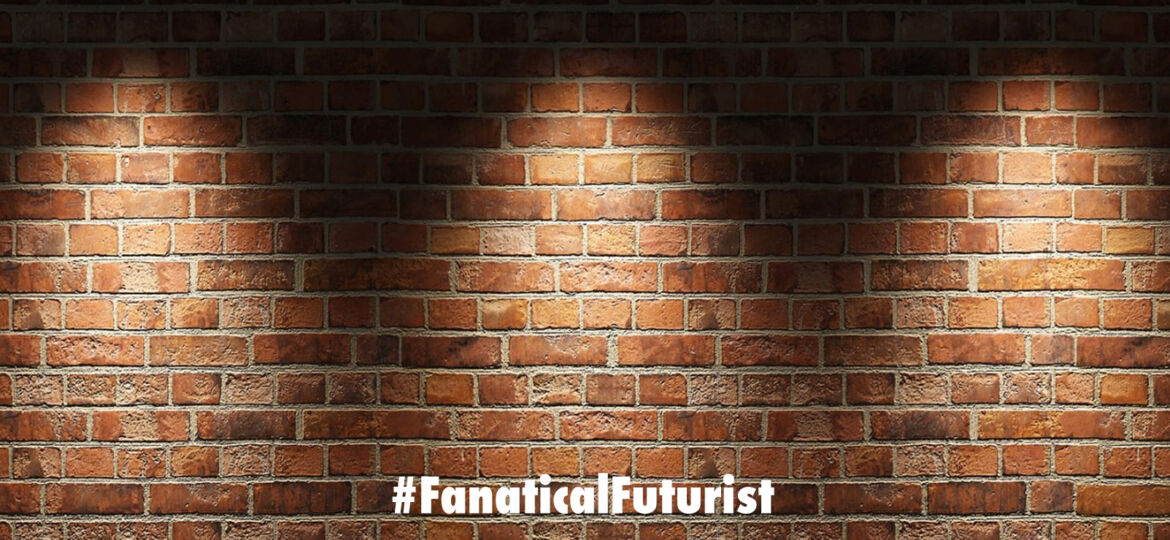
WHY THIS MATTERS IN BRIEF
There are times when seeing through walls is useful, for example in hostage negotiations, search and rescue, and to see when mum and dad are about to bust in on your gameplay.
Recently we’ve seen camera developments from both China and MIT that help us see and take photos around corners, but now you don’t need exotic infra red, radar or wifi to spot people through walls, apparently all you need are some easily detectable wireless signals and a dash of AI.
Following on from another piece of research that let MIT researchers read peoples emotions using just the WiFi signals from their home routers, another team of researchers at MIT have developed a system, called RF-Pose, where RF stands for Radio Frequency, that uses a neural network to teach RF equipped devices to sense people’s movement and postures behind obstacles, and it could be used to help people keep track of elderly relatives in their homes, help gamers turn the house into a giant battleground, and help rescuers rescue people. As well as a ton load of other things besides.
The team trained their AI to recognise human motion in RF by showing it examples of both on camera movement and signals reflected from people’s bodies, helping it understand how the reflections correlate to a given posture. From there the AI could use wireless alone to estimate someone’s movements and represent them using stick figures.
Peekaboo, I see you
The scientists mainly see their invention as useful for health care, for the moment anyway, where it could be used to track the development of diseases like Multiple Sclerosis and Parkinson’s disease. It could also help some elderly people stay in their own homes by sending alerts if they fall or otherwise show signs of trouble. And since the technology is 83 percent reliable for identifying people in large groups, of as many as 100 people, it could be helpful for search and rescue operations where it’s important to know who you’re looking for. In the future refinements, which the team are currently working on, such as the development of new stickmen that have a more detailed skeleton, could lead to 3D images that reveal even slight movements, such as a shaking hand.
It’s hard to escape the potential privacy concerns though because undoubtedly the same technology could also be used to spy on nearby buildings, help burglars see if people are at home, or follow people to their destination even if they duck around a corner. However, CSAIL have thought of this too, at least for their own version, and they’re developing what they call a “consent mechanism” that would require performing specific movements before the tracking kicks in.
As with all technologies this one has the potential to do some good and interesting things, but similarly, when it comes to people’s personal privacy, as I recently commented on for the Associated Press, we must remain ever vigilant and not take our personal privacy for granted.
















